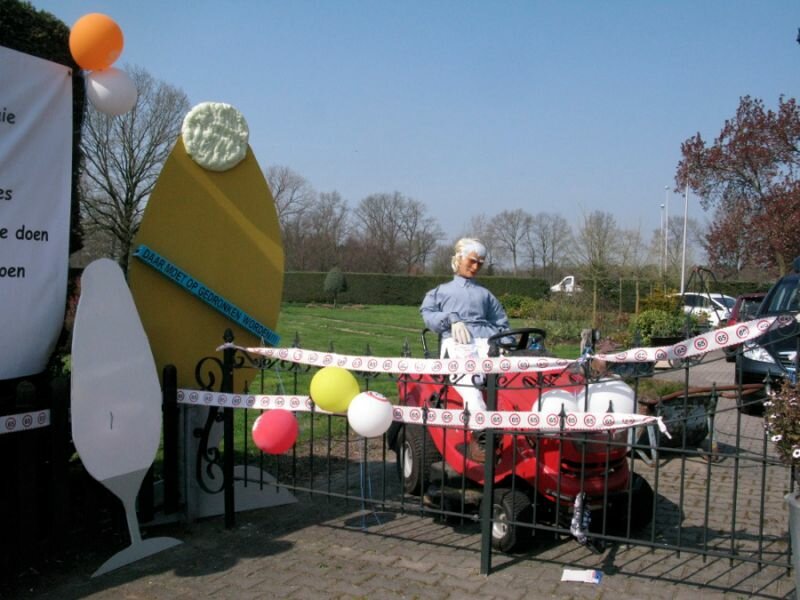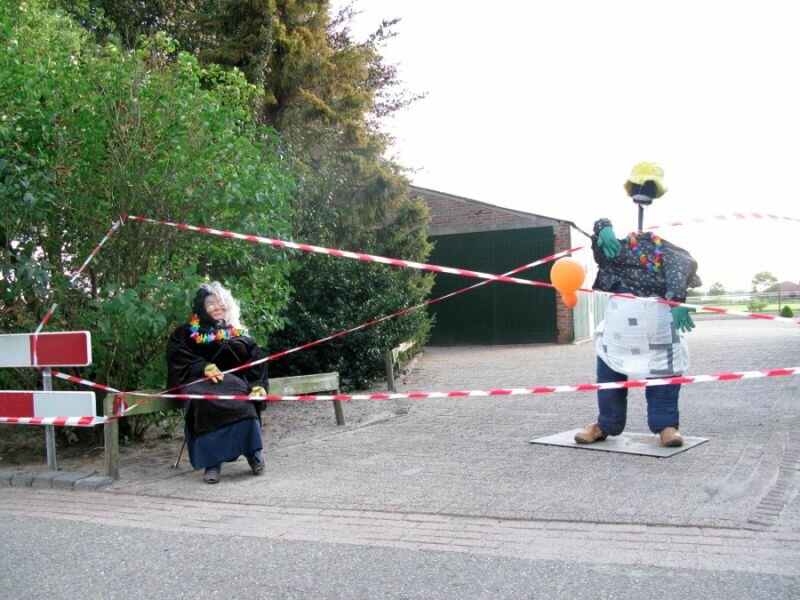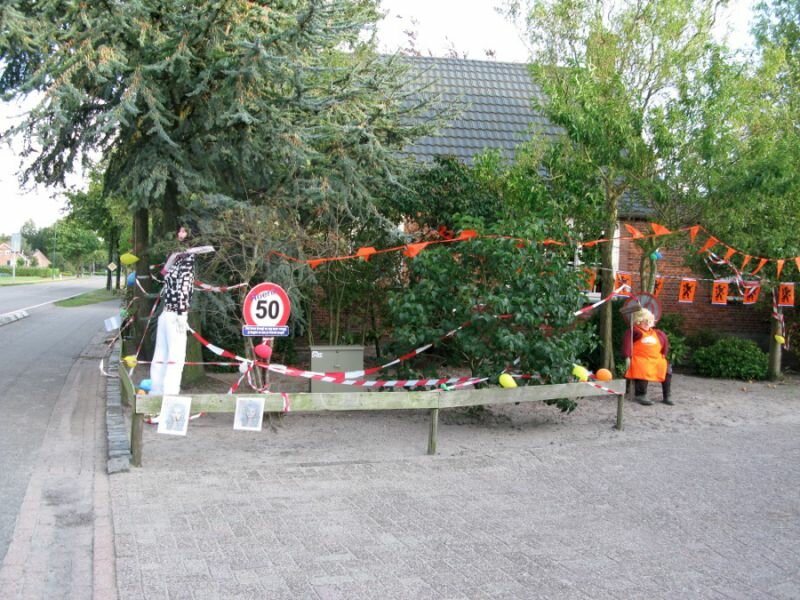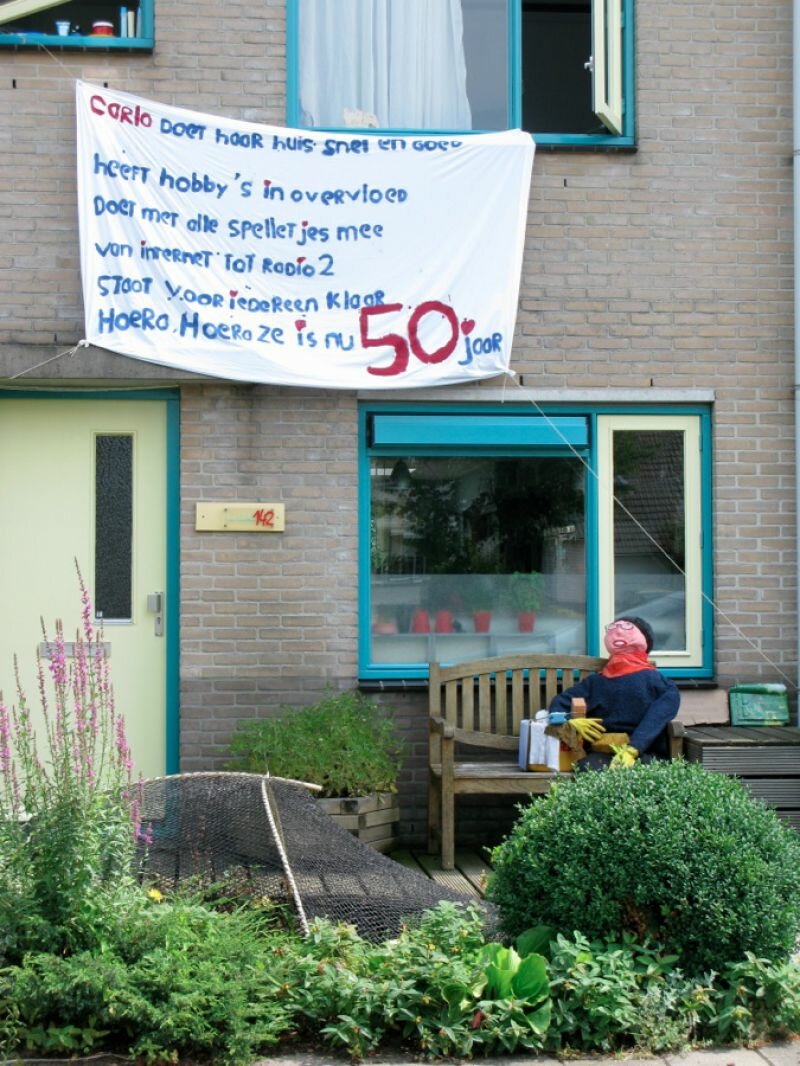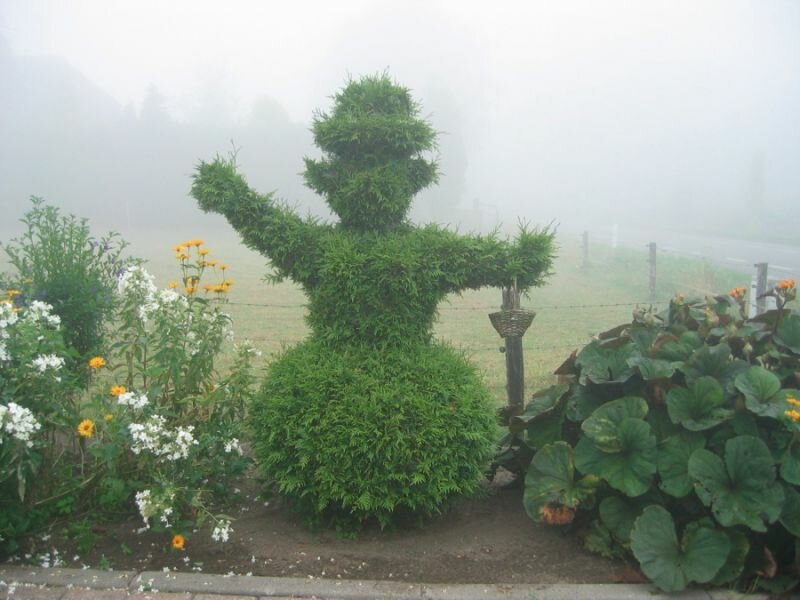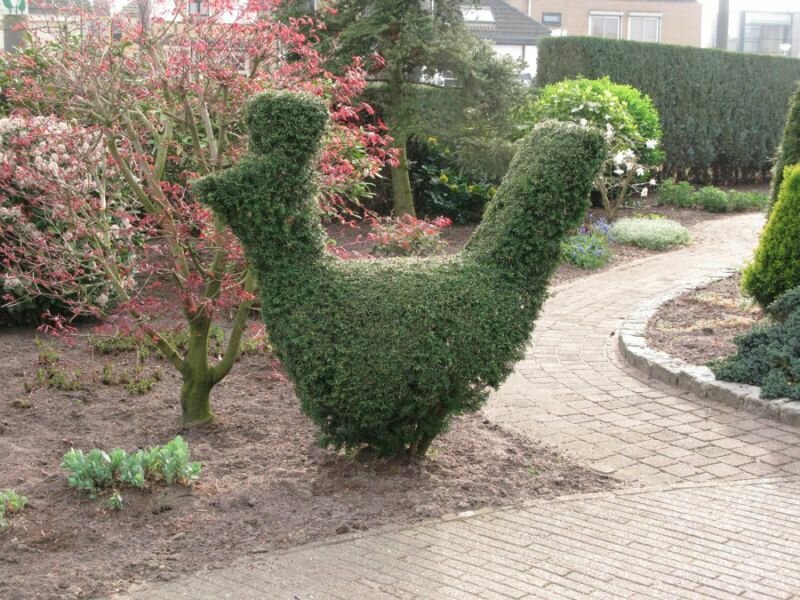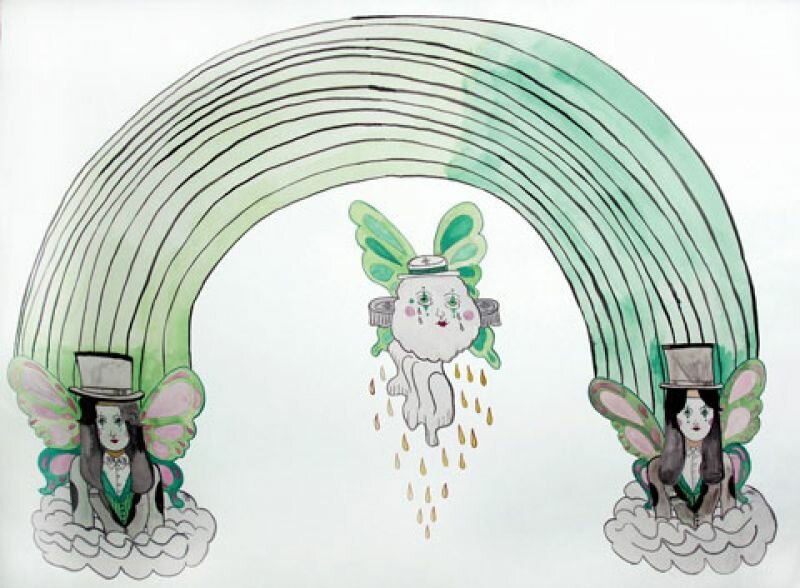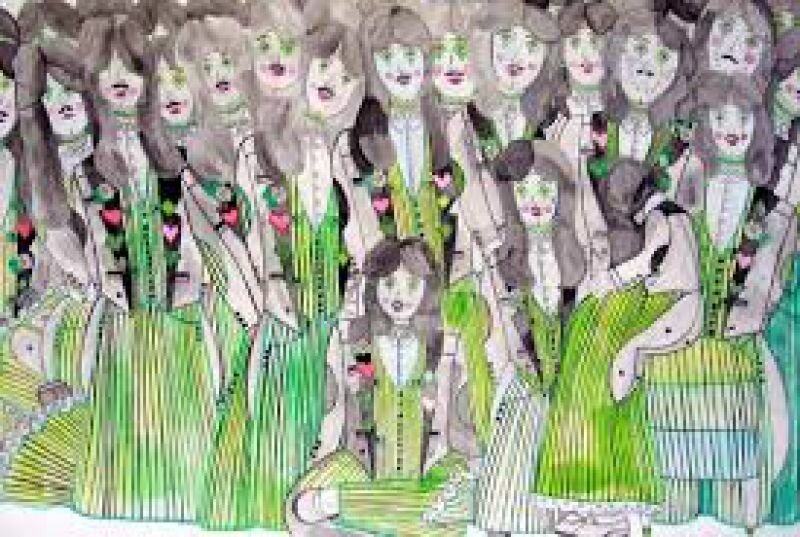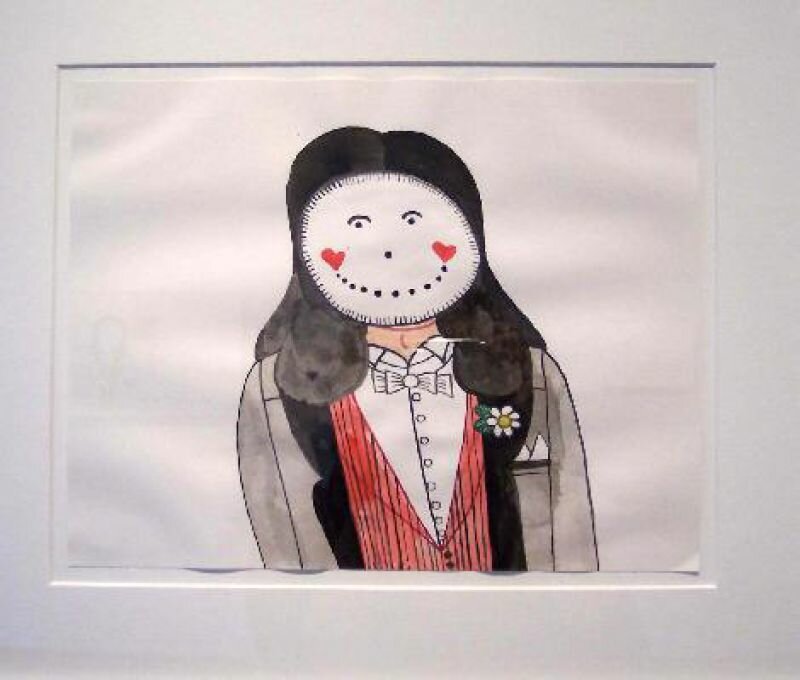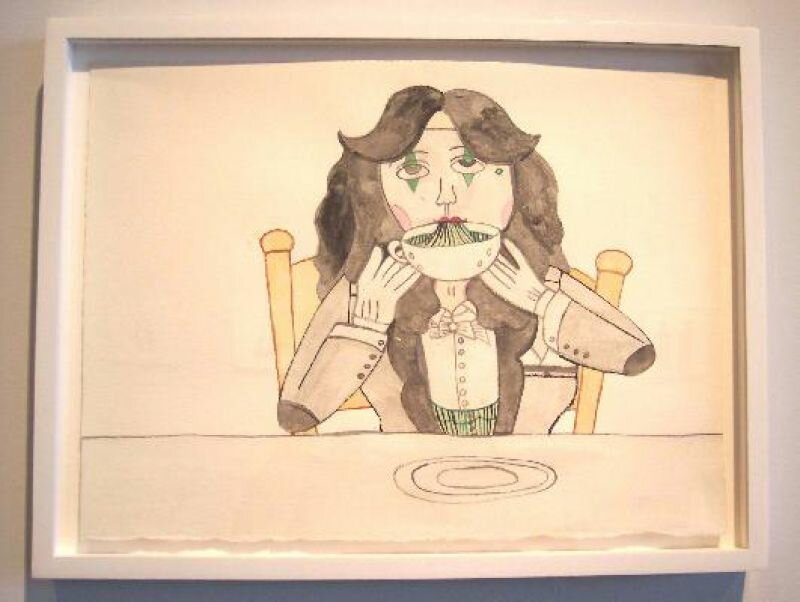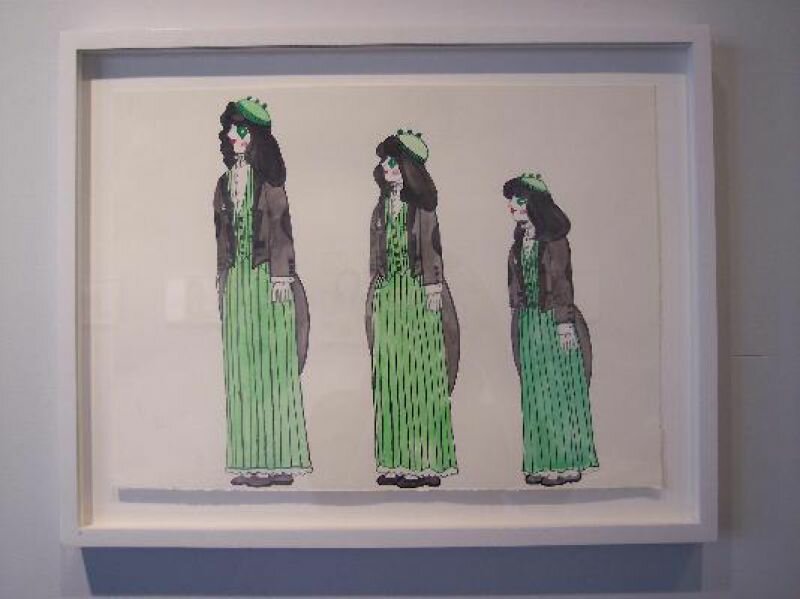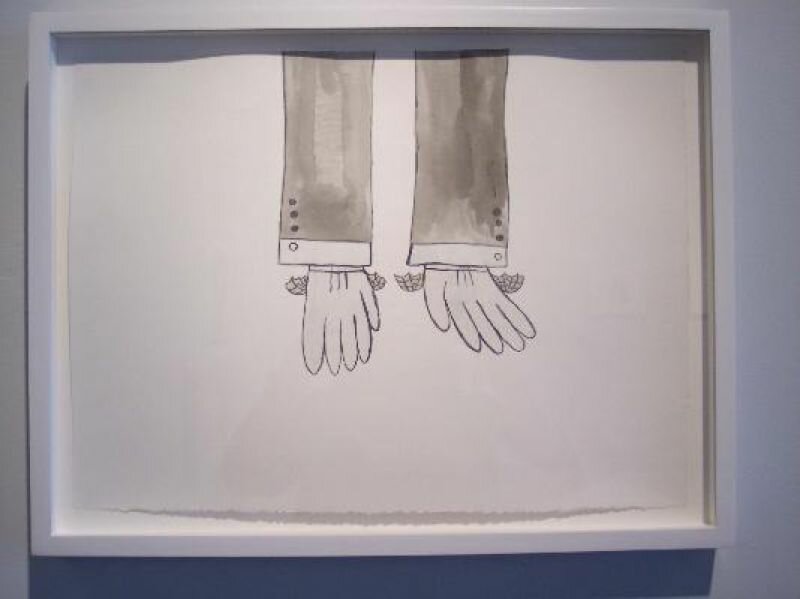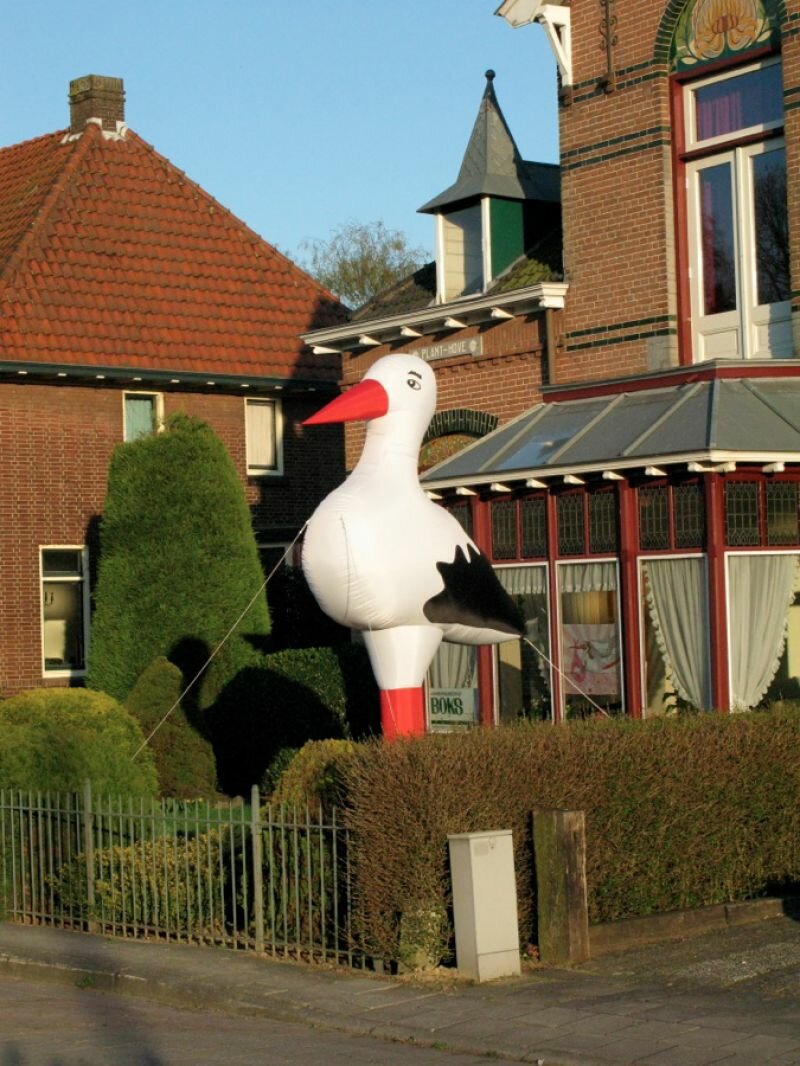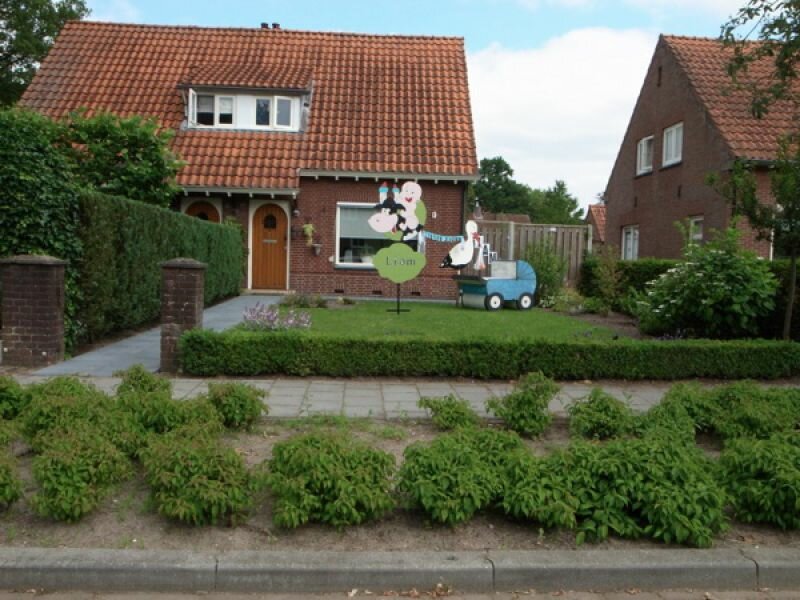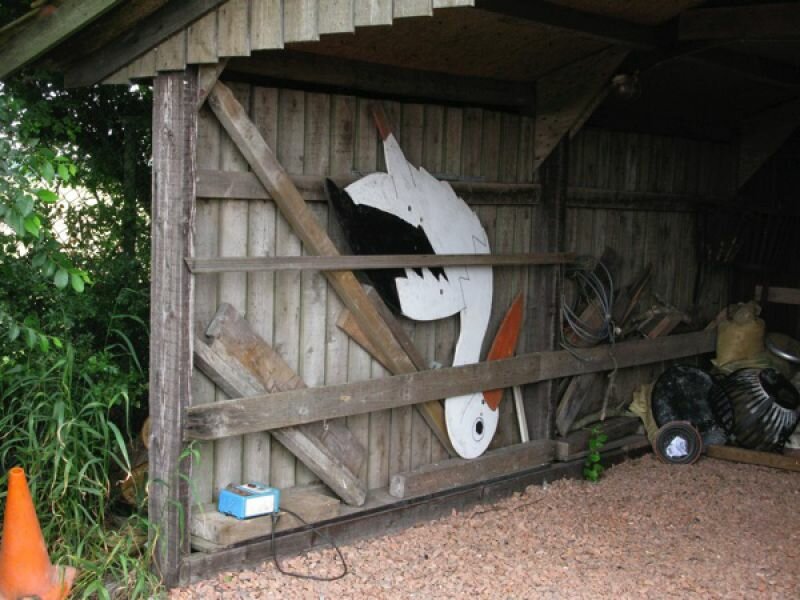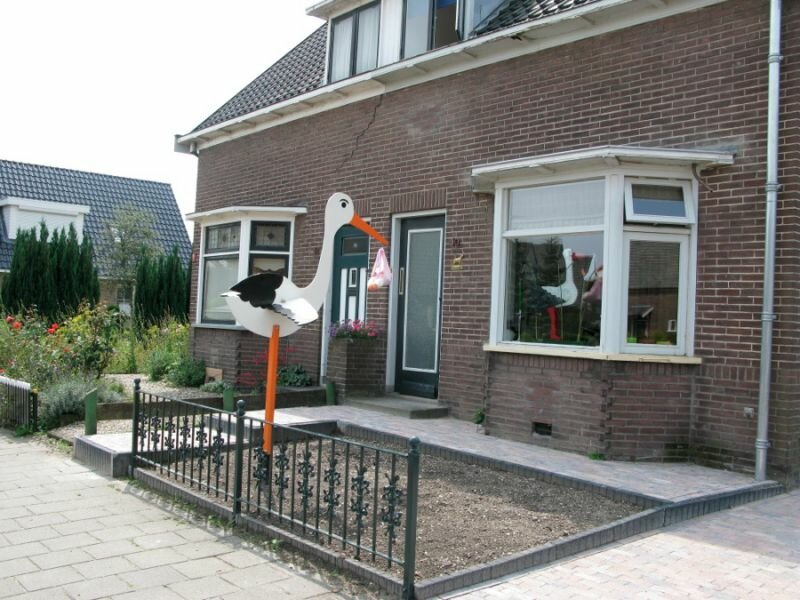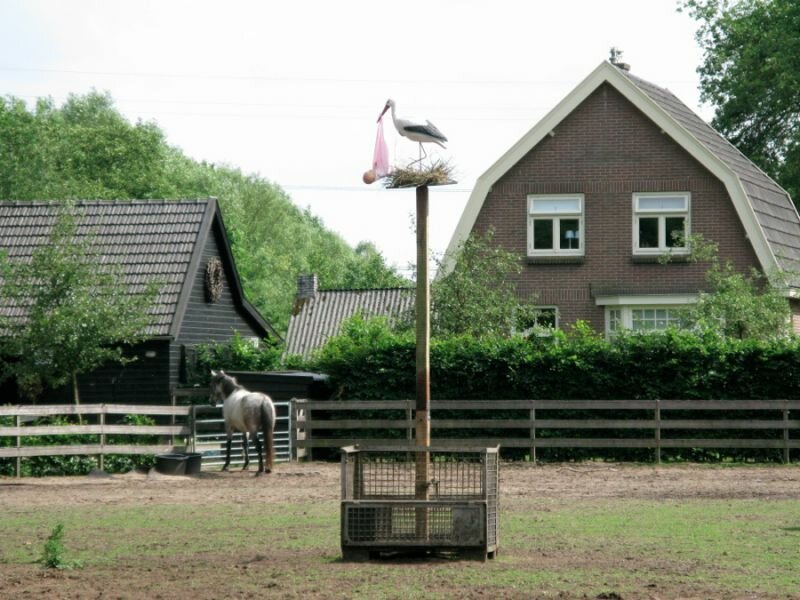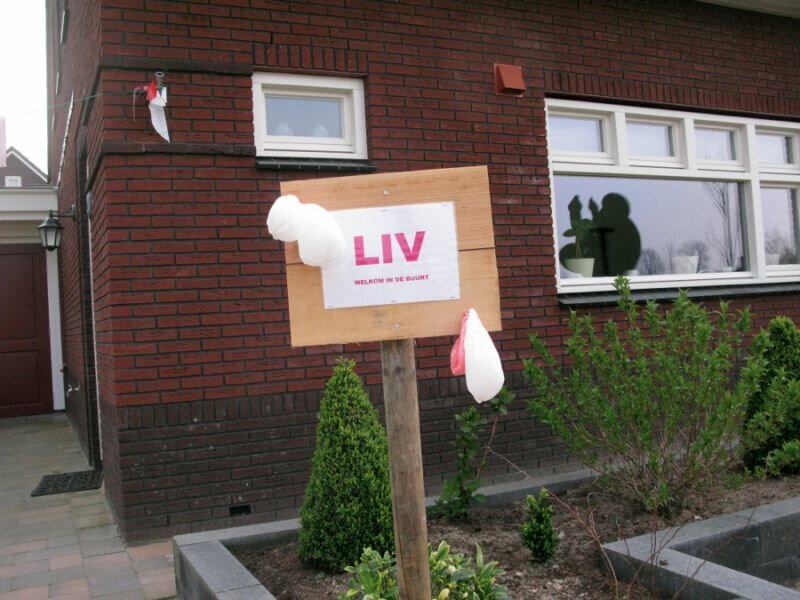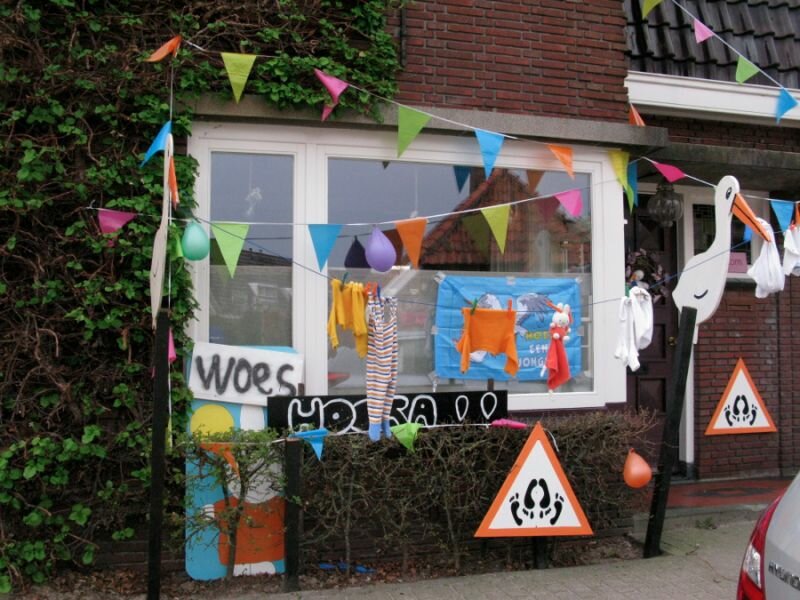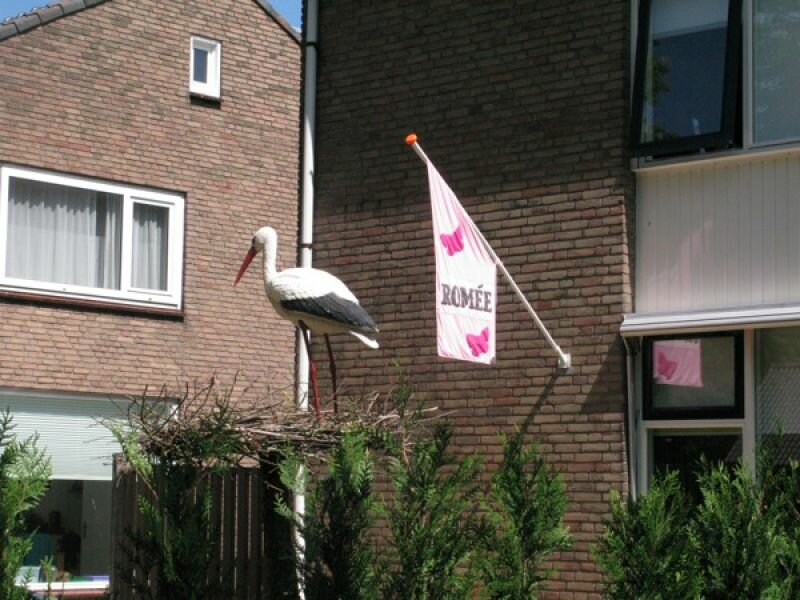Question: you’re an artist who travels over the whole world. What was your motivation to follow a course for amateurs?
I’ve always had a passion for “arts and crafts.” I admire the fact that many people spend their free time on “creative amusement”. As an artist, I feel closely connected to the position of the amateur. One morning I woke up and though: okay, today I’ll embark on a pottery course. In my work, I focus on an activity and immerse myself completely into it. The ceramics course I signed up for was near my studio, most of the participants were elderly. Together with these people, I tried to delve into ceramics techniques and make them my own. I mostly discovered my complete lack of talent.
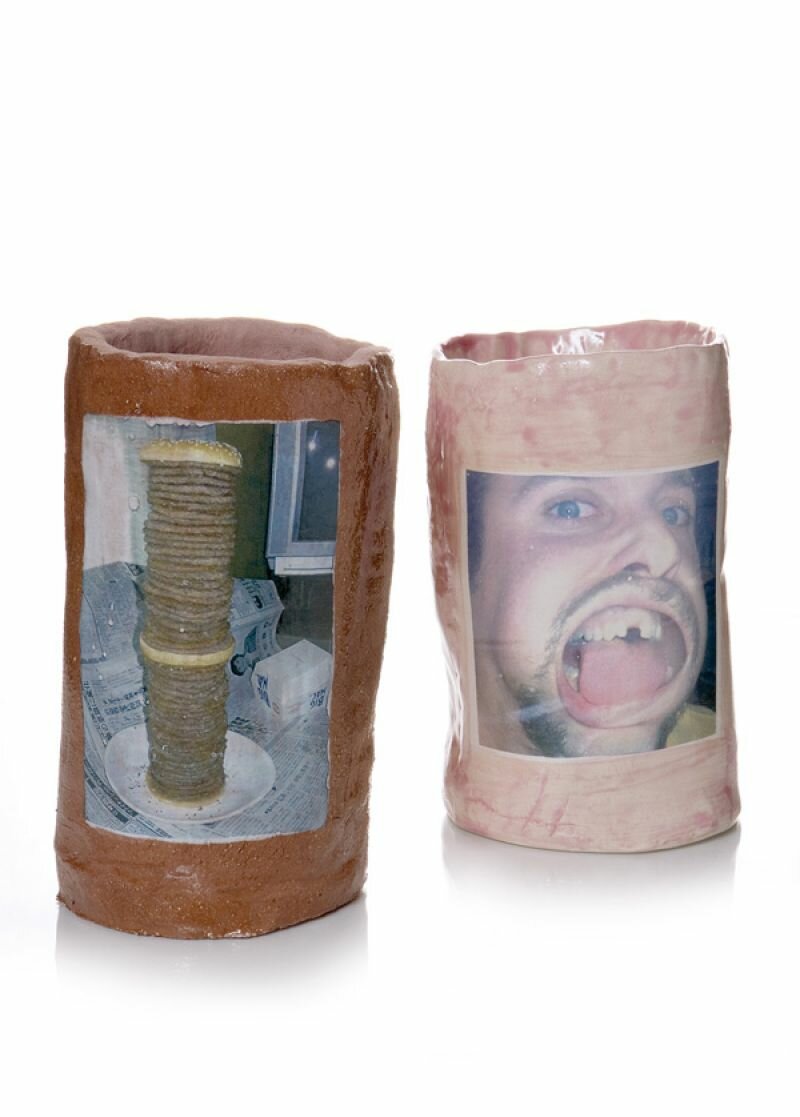
The forms of your vases are quite basic. What do these forms refer to?
The title of the project is “handiwork”, which means something like “made by hand”, with all the accompanying imperfections. When I began work in the pottery class, I soon realised that it would be a difficult and strenuous process to try and realise something perfect and beautiful, so I decided I wouldn’t strive for that. The different forms of vases are sometimes created by coincidence, other times through carelessness.
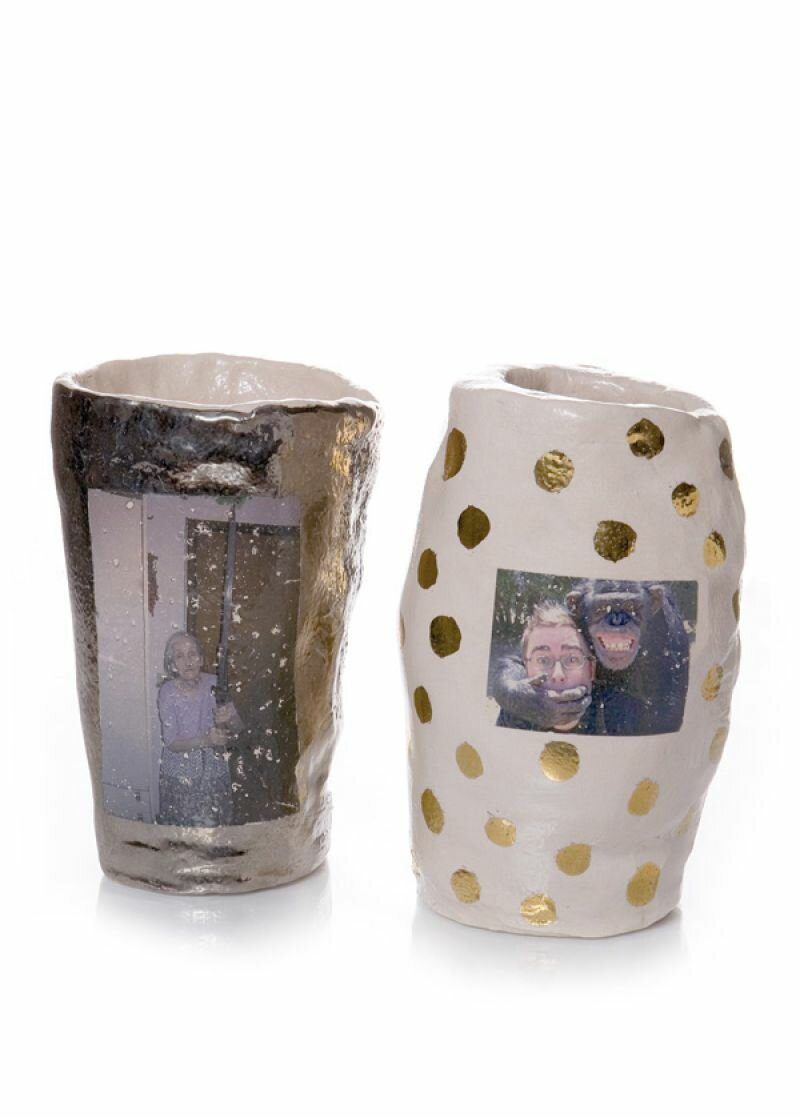
You’ve printed portraits on your vases. Do you know these people? Are they related to you?
They’re “decorations” that I apply using photo transfers and glaze. No, I don’t know these people, with the girls on the beach as an exception. The portraits come from my own collection of funny photos. They’re usually of situations of people showing themselves off at their best.
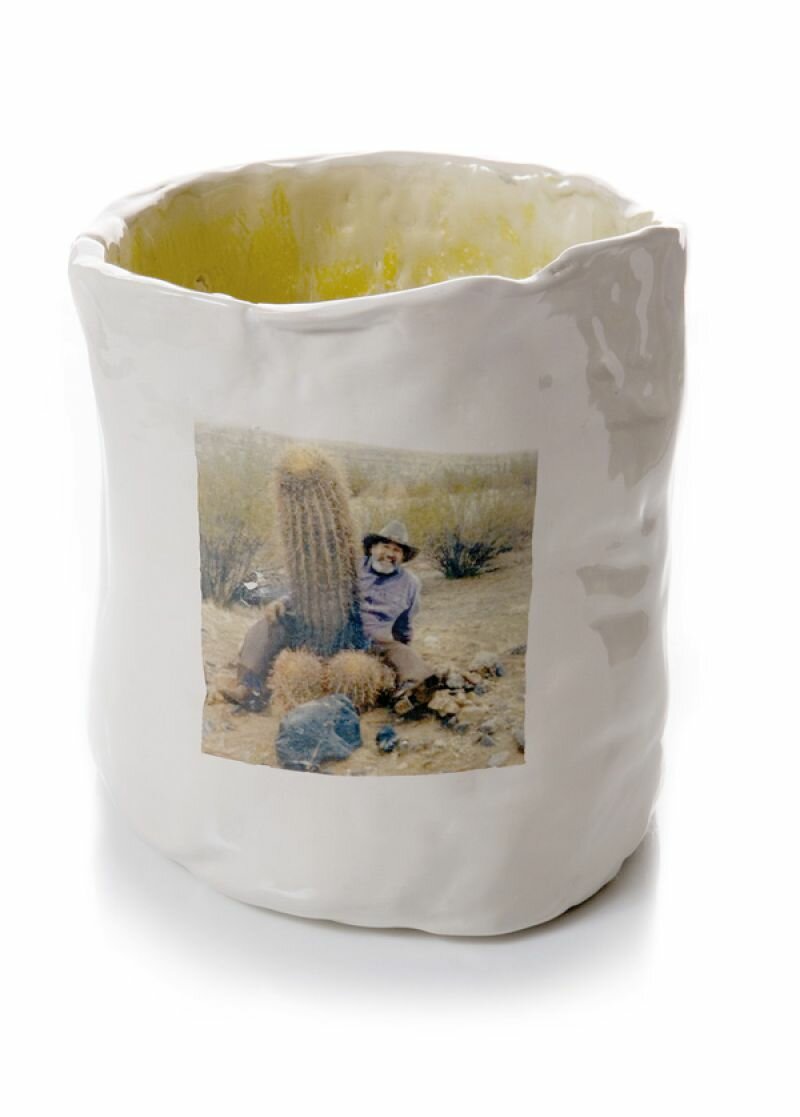
Are they functional objects or is it art?
My ceramics are often meant as “display ceramics,” objects made to be looked at. Comparable to the mugs you’d place on your mantel or in the cupboard. But of course, you can drink a beer out of one from time to time. So, if you buy one of my ceramic pieces you can do with it what you want. It just might be a little gross




